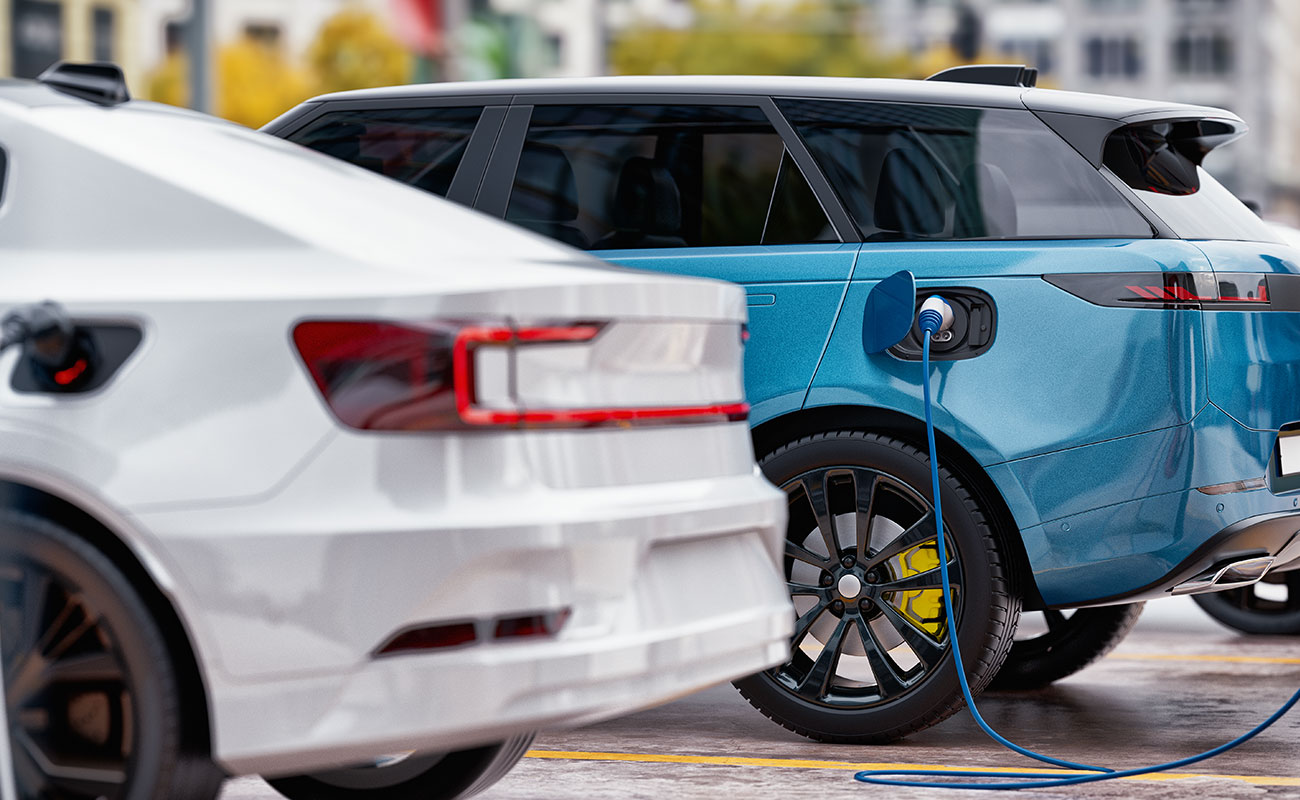As cities grow and environmental concerns become more pressing, electric vehicles (EVs) are emerging as a transformative solution for urban transportation. The shift towards EVs is not just a passing trend but a significant change that promises to reshape the future of urban commutes. From reducing emissions to enhancing convenience, EVs are making a big impact on how we navigate city streets. In this blog, we’ll explore how electric vehicles are shaping the future of urban transportation and what that means for city dwellers.
The Rise of Electric Vehicles in Urban Areas
Why Are Electric Vehicles Gaining Popularity?
“Electric vehicles are not just the future; they are the now. With increasing environmental concerns, urban dwellers are seeking smarter, greener transportation solutions.”
Electric vehicles are becoming increasingly popular due to their environmental benefits, lower operational costs, and the growing emphasis on sustainability in urban planning. As cities battle air pollution, traffic congestion, and noise, EVs provide a cleaner, quieter, and more efficient alternative to traditional gas-powered vehicles. With advancements in battery technology and government incentives, EVs are now more accessible and practical for everyday urban commutes.
Government Policies and Incentives
“The government’s support for EV adoption is not just about cleaner air—it’s about creating smarter, more sustainable cities.”
Many governments around the world are offering tax incentives, subsidies, and rebates to encourage the adoption of electric vehicles. Urban areas, in particular, are benefiting from these policies, as EVs help reduce air pollution and contribute to achieving sustainability goals. Cities like Amsterdam, Oslo, and San Francisco are leading the way by investing in EV infrastructure and providing incentives for both consumers and businesses to switch to electric.
Environmental Impact: Cleaner Cities with EVs
Reducing Air Pollution and Greenhouse Gas Emissions
“With every electric vehicle on the road, we take one step closer to cleaner air and a healthier planet.”
One of the most significant benefits of electric vehicles is their ability to reduce air pollution in urban environments. Unlike conventional vehicles that emit harmful pollutants like nitrogen oxides (NOx) and carbon dioxide (CO2), EVs produce zero tailpipe emissions. In cities where air quality is often a concern, EVs offer a practical solution to mitigate the harmful effects of transportation on human health and the environment.
A Shift Toward Renewable Energy Integration
“When we power electric vehicles with renewable energy, we unlock their full potential to create a truly sustainable future.”
As more cities adopt EVs, there is a growing push to integrate renewable energy sources, such as solar and wind power, into the charging infrastructure. By sourcing electricity from clean energy, EVs can become even more eco-friendly. This synergy between EV adoption and renewable energy is a key part of urban sustainability strategies, helping cities reduce their carbon footprints while transitioning to a greener energy grid.
The Impact on Urban Mobility: EVs and the Future of Transportation
Reduced Traffic Congestion and Noise Pollution
“Electric vehicles are transforming urban mobility by creating quieter, more efficient cities.”
EVs are contributing to quieter and less congested city streets. Electric motors are much quieter than internal combustion engines, which significantly reduces noise pollution in busy urban areas. This is especially beneficial for residential neighborhoods, where noise from traffic can have a negative impact on quality of life. Additionally, many cities are adopting EV-sharing programs, which further help reduce the number of vehicles on the road and alleviate congestion.
The Rise of Shared EVs and Ride-Hailing Services
“The future of commuting is shared, sustainable, and electric—one ride at a time.”
Electric vehicles are also playing a pivotal role in the growing trend of shared transportation. With the rise of ride-hailing apps like Uber and Lyft, more urban dwellers are opting for on-demand transportation rather than owning personal vehicles. The shift toward shared EVs not only reduces the number of gas-powered vehicles on the road but also promotes a more sustainable, cost-effective way to navigate the city. Many ride-hailing companies are now incorporating electric vehicles into their fleets, further accelerating the transition to greener urban mobility.
EV Infrastructure: Building the Backbone for Future Urban Commutes
Expanding Charging Networks in Cities
“For EVs to thrive, cities need to build the infrastructure that makes charging as easy as refueling a gas-powered car.”
For EVs to truly thrive in urban settings, a robust charging infrastructure is essential. Cities are rapidly expanding their public and private charging networks, making it easier for drivers to recharge their vehicles while out and about. Charging stations are being integrated into parking lots, office buildings, shopping centers, and even street-side locations, making it convenient for city residents to maintain their electric vehicles.
Innovative Charging Solutions: Fast Charging and Wireless Technology
“Fast charging and wireless technology are the next frontiers in making EVs a seamless part of everyday life.”
As the demand for EVs grows, so does the need for faster, more efficient charging solutions. The development of ultra-fast charging stations that can charge a vehicle in a matter of minutes is crucial to ensuring that EVs remain practical for everyday urban commutes. Additionally, wireless charging technology, which allows vehicles to charge without needing to plug in, is being explored as a future solution to further streamline the charging process.
Cost-Effectiveness: How EVs Are Benefiting Commuters
Lower Operating Costs: Saving Money on Fuel and Maintenance
“Electric vehicles are not just good for the environment—they are also good for your wallet.”
One of the most attractive features of electric vehicles for urban commuters is their lower operating costs. EVs are significantly cheaper to maintain than traditional vehicles, as they have fewer moving parts and don’t require oil changes. Additionally, electricity is often cheaper than gasoline, making EVs more cost-effective in the long run. For city dwellers who rely on their cars for daily commutes, these savings can add up quickly.
Long-Term Investment: EVs as a Smart Financial Choice
“Investing in an EV today is an investment in a cleaner, more sustainable future for tomorrow.”
While the upfront cost of purchasing an electric vehicle can be higher than a conventional car, government incentives and the decreasing price of EVs make them a smarter financial choice over time. Lower energy costs, reduced maintenance needs, and tax credits can make owning an EV a worthwhile investment for urban commuters. Furthermore, the resale value of EVs is rising as more people make the switch to electric, making them an even more attractive option.
EVs and the Future of Sustainable Cities
Transforming Urban Design and Planning
“Electric vehicles are the cornerstone of a cleaner, greener city—and a vital component of the cities of tomorrow.”
The widespread adoption of electric vehicles is prompting cities to rethink their infrastructure and urban planning. With cleaner air, quieter streets, and fewer traffic-related issues, cities can become more pedestrian-friendly and bike-friendly. Urban planning is evolving to incorporate EV-friendly policies, such as dedicated EV lanes, expanded charging stations, and green spaces that promote walking and cycling.
Smart Cities: Integrating EVs with Digital Infrastructure
“Smart cities are not just about technology; they are about making transportation sustainable and efficient for everyone.”
As cities embrace smart technology, electric vehicles will play a key role in creating connected urban environments. Data-driven solutions, such as real-time traffic management systems, EV charging optimizations, and vehicle-to-grid (V2G) technology, will help improve the efficiency and sustainability of urban transportation. In smart cities, EVs will not only serve as eco-friendly vehicles but also as integral parts of the urban ecosystem.
Conclusion: The Green Revolution in Urban Transportation
Electric vehicles are quickly becoming a cornerstone of sustainable urban transportation, offering benefits for the environment, economy, and quality of life in cities. From reducing air pollution to easing traffic congestion, EVs are shaping the future of how we commute and interact with our cities. As technology advances, charging infrastructure expands, and more people make the switch to electric, the future of urban commuting looks greener, quieter, and more efficient than ever.







